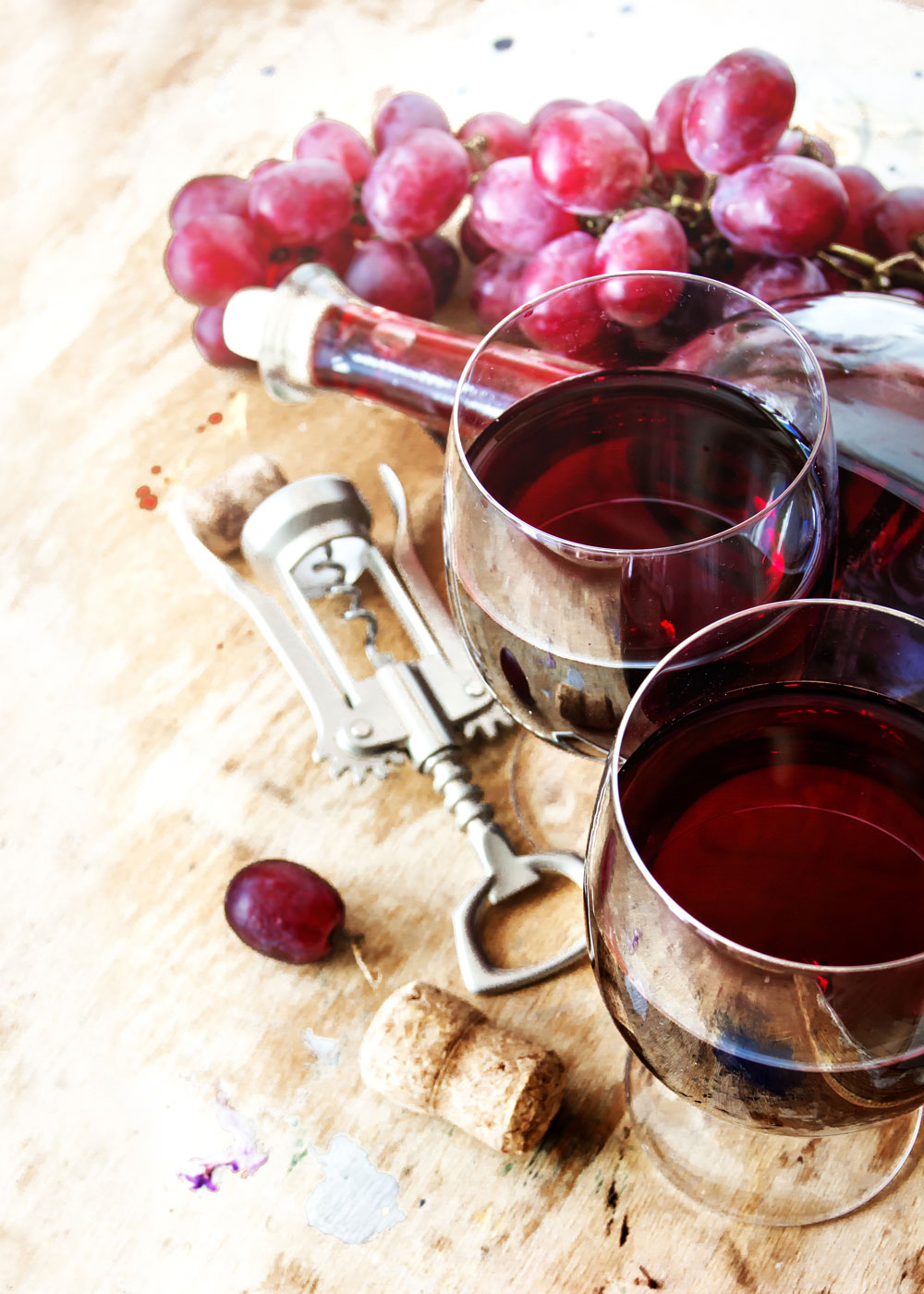As a wine company, we hear misconceptions about wine all the time. Here we’ll clarify 5 of the most common things we hear which just aren’t true.
Myth: Wine always improves with age, so older wines are better.
Reality: Some wines can age for decades, developing rich flavors and complexity, but many wines are meant to be drunk young and are not intended to age.

The business of aging and cellaring wine is glamorous. Expensive, old bottles are widely discussed in the press with rare wines being sold at auction for exorbitant prices. In 1985, for example, a bottle of 1787 Château Lafite which supposedly had Thomas Jefferson’s initials etched into the surface sold for an astonishing $156,450.00. All of the hype surrounding bottle aging can give the false impression that older wines are better. In reality, the 1787 Lafite mentioned earlier is almost certainly undrinkable. Most wines are meant to be enjoyed within one to five years after release and decline in quality thereafter. However, there is the exception of a few styles like Brunello, Barolo, and Cabernet Sauvignon, which can age from a couple of years to several decades. So how do you know how long to wait before you drink a specific bottle? Experts will often make note of wines that can age for long periods of time. When you see one that is recommended to age in a review, buy more than one bottle so that you can compare them every year or so and enjoy their evolution over time for yourself.
Myth: Screw caps indicate cheap wine. Good wine should always be sealed with a cork.
Reality: Modern screw caps, called ‘stelvin closures,’ are just as good as corks.

There was a time, decades ago, when cheap wines were sealed with cheap screw caps – which added a metallic taste and indicated low quality. Those days, however, are long gone. Current producers, including many high-end wineries, use a screw cap invented in the 1970s called the ‘stelvin closure,’ which has gained international acceptance over the past few decades. Stelvin closures have no negative influence on taste, are not subject to cork-taint or deterioration, and allow the wine to breathe in the same way as a cork. As consumers encounter more excellent wines sealed with stelvin closures, they are realizing that their prejudices against screw caps are woefully outdated.
Myth: Legs in the glass indicate high quality wine.
Reality: Legs in the glass indicate the level of alcohol in the wine. Nothing more.

When a glass of wine is swirled, liquid can be seen dripping down the sides. These streaks of liquid are referred to as “legs” or “tears,” and it is an oft-repeated myth that ‘the more legs, the better the wine.’ The legs are, in reality, alcohol which adheres to the surface of the glass more easily than water. The higher the alcohol content, the more legs. This can be a good or bad thing – depending on the overall balance of the wine and one’s personal preference. Higher alcohol wines taste full-bodied and sweet, whereas lower alcohol wines are often lighter in texture and drier.
Myth: Wine, especially red, contains large quantities of sulfites, which cause headaches.
Reality: Sulfite allergies are extremely rare and unlikely to cause headaches.

Many wine drinkers are concerned with the levels of sulfites in wine, which they blame for headaches. The term ‘sulfites’ refers to sulfur dioxide, which occurs naturally in all wine, and is sometimes added to prevent oxidation, discoloration, and microbial growth. A small percentage of the US population (about 0.4 percent) suffer from a sulfite allergy to one degree or another. These people break out in a rash when they consume not only wine, but also things such as dried fruit, juice, pickles, and vinegar. These individuals also have to watch out for sulfites added to things like eye drops. In fact, a single dried apricot can contain the same concentration of sulfites as an entire bottle of red wine. So, if you’re able to eat dried fruit, you do not have a sulfite allergy, and the headaches you’re concerned with in relation to wine are the result of a different substance entirely – most likely alcohol.
Myth: Dry white wines are a zero-calorie beverage.
Reality: Alcohol has calories, so there is no such thing as zero-calorie wine.

While it is better to drink dry wine rather than sweet from a caloric perspective, all wines have calories. The most important consideration is the alcohol content. Low alcohol dry white wines can have as few as 100 calories per 6 oz. serving, whereas a high alcohol red wine can have as many as 200 calories. Wine is much lower in calories than other beverages like beer and fruit juice, but it’s not entirely free of calories.
While there are many more wine myths, these are some of the most frequent that we encounter. Now you’ll be more knowledgeable when discussing, say, screw cap wines or legs in a glass, and won’t be fooled if someone is trying to sell you on price or quality based on ‘facts’ that are just not true!
Join thousands of wine lovers at WTSO.com



